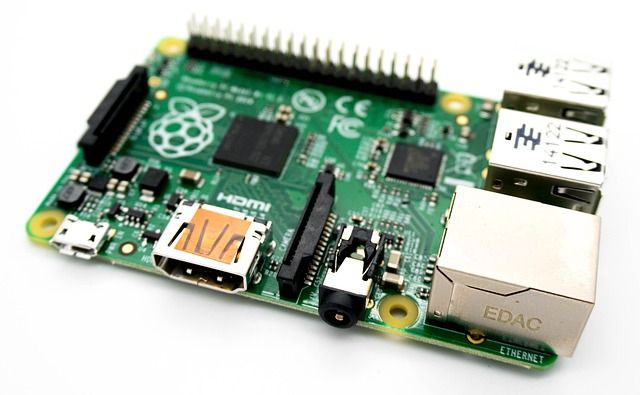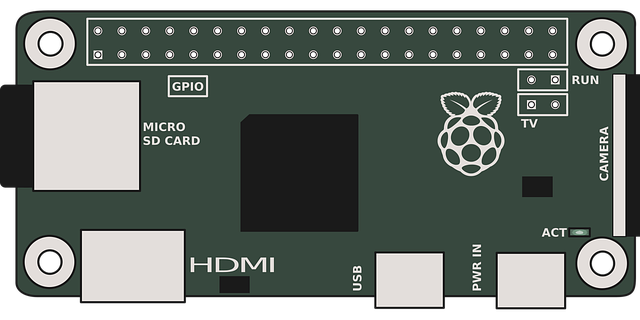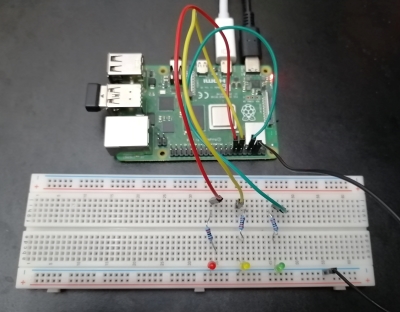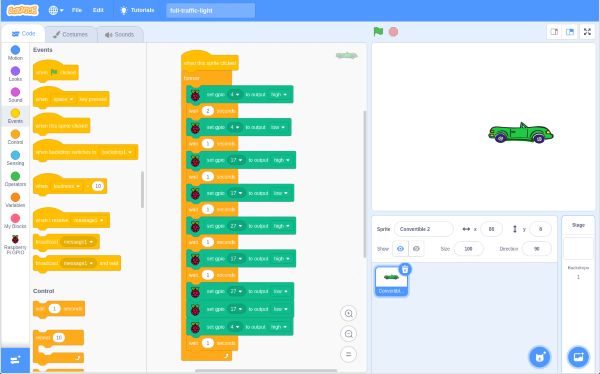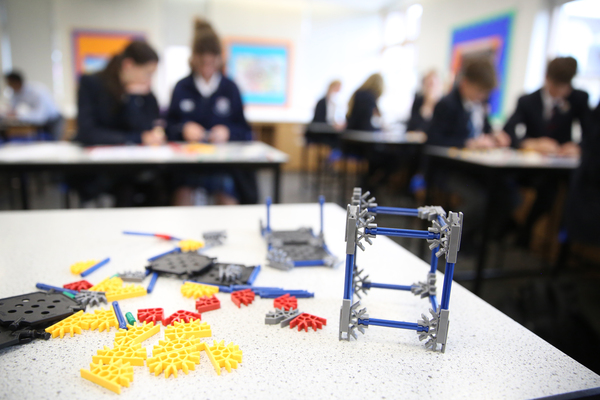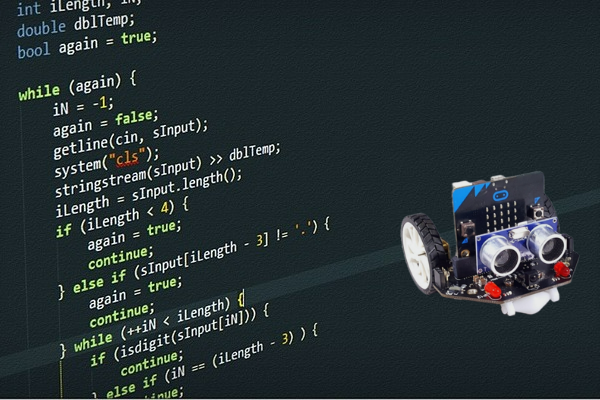Requirements


- This workshop is best held in a computer room. We must stay in the same room for all sessions.
- Please allow 45mins – 1 hr to set up the room prior to the first session.
- The school must provide a computer monitor/TV screen, USB connected keyboard and mouse per pair.
- A plug socket is required for each Raspberry Pi.
- Which input does your computer monitors require? HDMI or VGA? Please specify this in the additional information section when submitting the confirmation form later.
If it’s a VGA cable, please have this unplugged from the hard drive end and ready to connect to the Raspberry Pis.
We will bring HDMI cables as well as VGA to HDMI adapters. - A computer/laptop with projector/interactive whiteboard or smart screen with sound enabled.
Event Days


British Science Week, Computer Science Education Week, Engineers Week
Available Regions


This service is available internationally
Anywhere in England
Anywhere in Northern Ireland
Anywhere in Scotland
Anywhere in Wales


